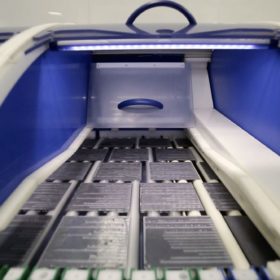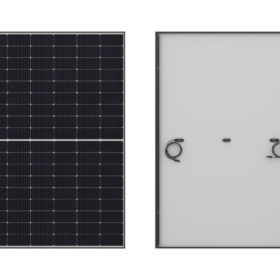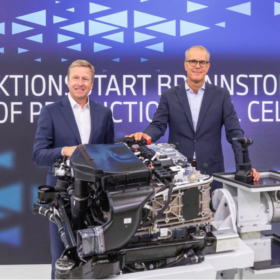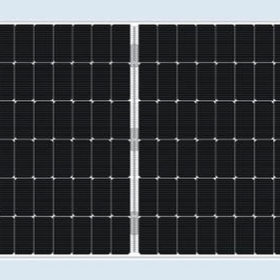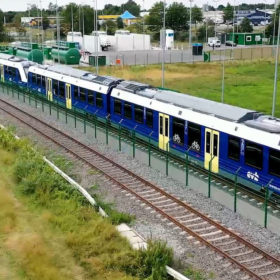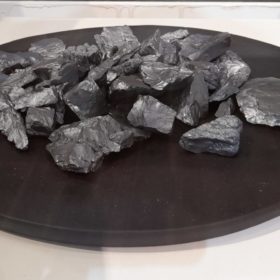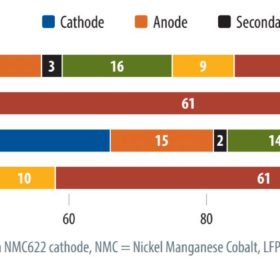Amp Energy to manufacture solar cells, modules
The developer of a planned 1.3 GW renewable energy hub in South Australia has agreed to partner with India-based PV solar cell and module manufacturer Websol Energy to produce up to 1.2 GW of cells and modules to help it to better control the supply chain of critical components.
Sharp unveils black-framed 410 W half-cut solar panels
Sharp’s newest PV modules feature white backsheets and are made for the needs of design-oriented customers.
BMW starts in-house production of fuel cells for iX5 Hydrogen
BMW Group said it is targeting the premium segment with its iX5 Hydrogen car, Topsoe revealed that it will invest US$267 million (AU$392m) to build the world’s largest SOEC electrolyzer plant in Denmark, and Bosch announced plans to invest US$200 million (AU$292m) in US fuel cell production.
Yingli unveils n-type TOPCon solar panel with 22.0% efficiency
Yingli’s 156-cell Panda 3.0 PRO module has a temperature coefficient of -0.30% per degree Celsius and is available in wattages ranging from 590 W to 615 W, with a bifaciality of more than 90%.
Polysilicon price relief in 2023 as industry scales to 500 GW
Clean Energy Associates says solar wafer pricing will fall by 23% by the end of 2023, while BloombergNEF sees 500 GW of manufacturing capacity online by the end of next year.
India’s Reliance Industries presents scaled-up solar, battery ambitions
Reliance Industries says that production will begin at its 10 GW factory for solar cells and modules by 2024. It plans to double the facility’s capacity to 20 GW by 2026 and is aiming for 50 GWh of annual cell-to-pack battery capacity by 2027.
Germany launches world’s first operating hydrogen trains
Germany has launched the world’s first operational hydrogen trains and US researchers have presented a novel design for a tubular PEM fuel cell. ABB and Hydrogen Optimized, meanwhile, have expanded their strategic ties and Slovakia has moved forward with a major gas-blending pilot project.
Polysilicon price reaches new high at $66/kg, government takes action
Average polysilicon prices hit CNY 312 (AU$65.8)/kg this week, according to an industry association in China. The nation’s Ministry of Industry and Information Technology, the State Administration for Market Regulation, and the National Energy Administration have also asked regional authorities to take action to deal with the price increase.
Weekend read: Strong case for energy storage, despite rising costs
Unprecedented volatility in global commodity markets, disruption to logistics and supply chains, and unrelenting growth has driven up the cost of Li-ion batteries since the middle of 2021. Sam Wilkinson and Oliver Forsyth of IHS Markit expect to see rapid manufacturing expansion that will still struggle to keep up with demand, and ultimately lead to the establishment of a smaller group of battery-makers specialized in supplying stationary energy storage systems.
Polysilicon-to-solar module gigafab in planning for India
State-owned NHPC and Bharat Electronics Ltd will leverage their complementary strengths to set up a gigawatt-scale vertically integrated solar manufacturing unit.
